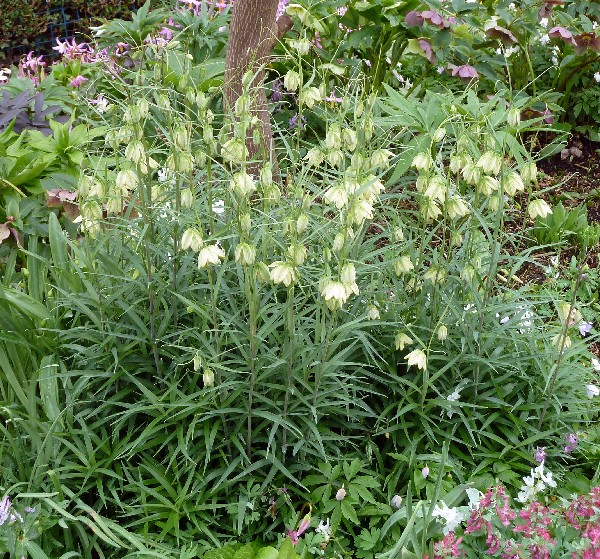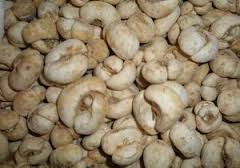- Cough, especially of an acute nature, due to externally contracted Wind Heat
with dry mouth, sractchy throat, and thick, yellow sputum, with
Forsythia
suspensa- Lian qiao and
Arctium lappa- Niu
bang zi.
[4]
- Scrofula due to Phlegm Fire with pain and swelling at multiple sites. Use with
Scrophularia ningpoensis- Xuan shen,
Ostreidae family- Mu li and
Prunella
vulgaris- Xia ku cao.
[4]
- Thyroid nodules, with
Prunella vulgaris-
Xia ku cao,
Sargassum siliquastrum-
Hai zao and
Curcuma zedoaria- E zhu.
[4]
- Epigasric pain and acid regurgitation, with
Sepiida
Order- Hai piao xiao.
[4]
- Abscesses and other toxic swellings, with
Lonicera
japonica- Jin yin hua,
Taraxacum mongolicum-
Pu gong ying and
Chrysanthemum morifolium-
Ju hua. This combination is most appropriate in the early stages with firm swelling,
redness, and pain.
[4]
- Lung acscess, with
Coix lachryma- Yi yi ren,
Benincasa hispida- Dong jua ren and
Houttuynia
cordata- Yu xing cao.
[4]
- Breast carbuncles, use with
Dandelion
and
Trichosanthes root.
- Lung abscesses, it is often used with
Houttuynia
and
Coix seed.
[1] Barefoot Doctor's Manual- 1977 Prepared
by the Revolutionary Health Committee of Hunan Province. Original Chinese manual-
Victor W. Sidel. Originally published by Dr Joseph Quin and the Fogarty International
centre, Bethdesda (1974). Madrona Publishers Seattle Washington ISBN 0-914842-52-8
[2] A Complete English Dictionary of Medicinal Terms in Chinese Acupuncture
and Herbalism 1981- Henry Lu Chinese Foundations of Natural Health- The Academy
of Oriental Heritage, Vancouver, Canada.
[3] The Chinese Materia Medica A practical English- Chinese Library of Traditional
Chinese Medicine Publishing House of Shanghai University of Traditional Chinese
Medicine. Director Hu Ximing ISBN 7-81010-111-X/R-110
[4] Chinese Herbal Medicine Materia Medica- Dan Bensky and Andrew Gamble- Eastland
Press 1986 Seattle Washington ISBN 0-939616-15-7
Images
1.
alpinegardensociety.net
2.
liuliang.121.com  Fritillaria
thunbergii. F. verticillata,
F. callicola 贝
母 Bèi mǔ
Fritillaria
Family: Liliaceae
Fritillaria
thunbergii. F. verticillata,
F. callicola 贝
母 Bèi mǔ
Fritillaria
Family: Liliaceae

 贝
母
花 Bèi
mǔ huā
Fritillary flower
贝
母
花 Bèi
mǔ huā
Fritillary flower